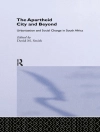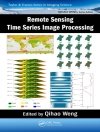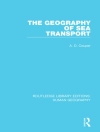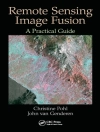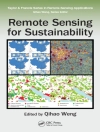‘Modeling the Dynamics and Consequences of Land System Change’ introduces an innovative three-tier architecture approach for modeling the dynamics and consequences of land system change. It also describes the principle, modules and the applications of the three-tier architecture model in detail. The approach holds strong potential for accurate predictions of the land use structure at the regional level, simulating the land use pattern at pixel level and evaluating the consequences of land system change. The simulation results can be used for the planning of land use, urban development, regional development, environmental protection, and also serve as valuable information for decision making concerning land management and optimal utilization of land resources.
The book is intended for the researchers and professionals in land use or land systems, regional environmental change, ecological conservation, as well as the land resource administrative agencies and environmental protection agencies.
Professor Xiangzheng Deng is a senior research fellow at the Institute of Geographic Sciences and Natural Resources Research, Chinese Academy of Sciences, China.
Inhoudsopgave
Land System and Land System Change.- Modeling Frameworks for the Dynamics and Consequence of Land System Change.- Three-tier Architecture Model for Simulating the Land System Change.- Predicting the Land Use Structure at Regional Level Using CGELUC.- Simulating the Land Use Pattern at Pixel Level Using DLS.- Evaluating the Consequences of Land System Change Using ESAP.- Modeling the Dynamics of Land System in the Agriculture-Pasture Transition Zone of China.- Estimating the Impacts of the Land System Change on the Agricultural Production at the North China Plain.


